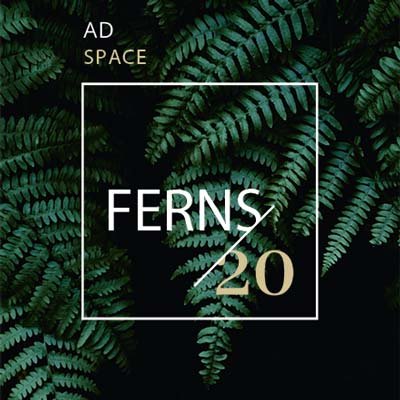Happy New Year! Well, happy new water year, that is. Like others in South Florida, our conservation team marks the calendar by the annual rise and fall of water levels, and June 1 marked the first day of our new hydrologic year. It’s no coincidence that June 1 was also the first day of hurricane season—our hydrologic year coincides with the start of the rainy season, a season fueled by daily rainfall and waves of tropical moisture.
We’re now a full month into “Water Year 2026.” This past June delivered 9.8 inches of rain at our official Sanctuary rain gauge, although rainfall across the region was patchy, and other parts of our region got much more rain. This was 15 percent below our June average of 11.5 inches. Water levels in the swamp are just starting to come back up to fill the deepest parts of the swamp, and as summer rains continue, we’ll see water levels quickly rise.
Taking this opportunity to look back on the past year, Water Year 2025 was marked by a “wet” wet (or rainy) season and a “dry” dry season. From June 1, 2024, to May 31, 2025, we received a total of 65.1 inches of rain, which was slightly higher than our 66-year average of 60.0 inches. While the total annual rainfall was typical, the distribution of rainfall across the year was unusual. Monthly rainfall totals averaged 33% higher than average in our rainiest months (June through October), in large part due to the tropical systems we saw in June, August, and October.
The rain stopped abruptly in November, and monthly rainfall totals from November through April were 61% lower than average. The lack of dry season rainfall, coupled with the over-drainage in recent decades that has been described by our research team, resulted in water levels falling very quickly through the winter and spring months.
Rapidly falling water levels made foraging more difficult for wading birds during this year’s nesting season (particularly later in the spring), but good feeding conditions early in the year resulted in a pretty good Wood Stork nesting effort in Southwest Florida. We’ll leave that as a bit of a teaser and plan to provide an annual Wood Stork nesting update next month!






